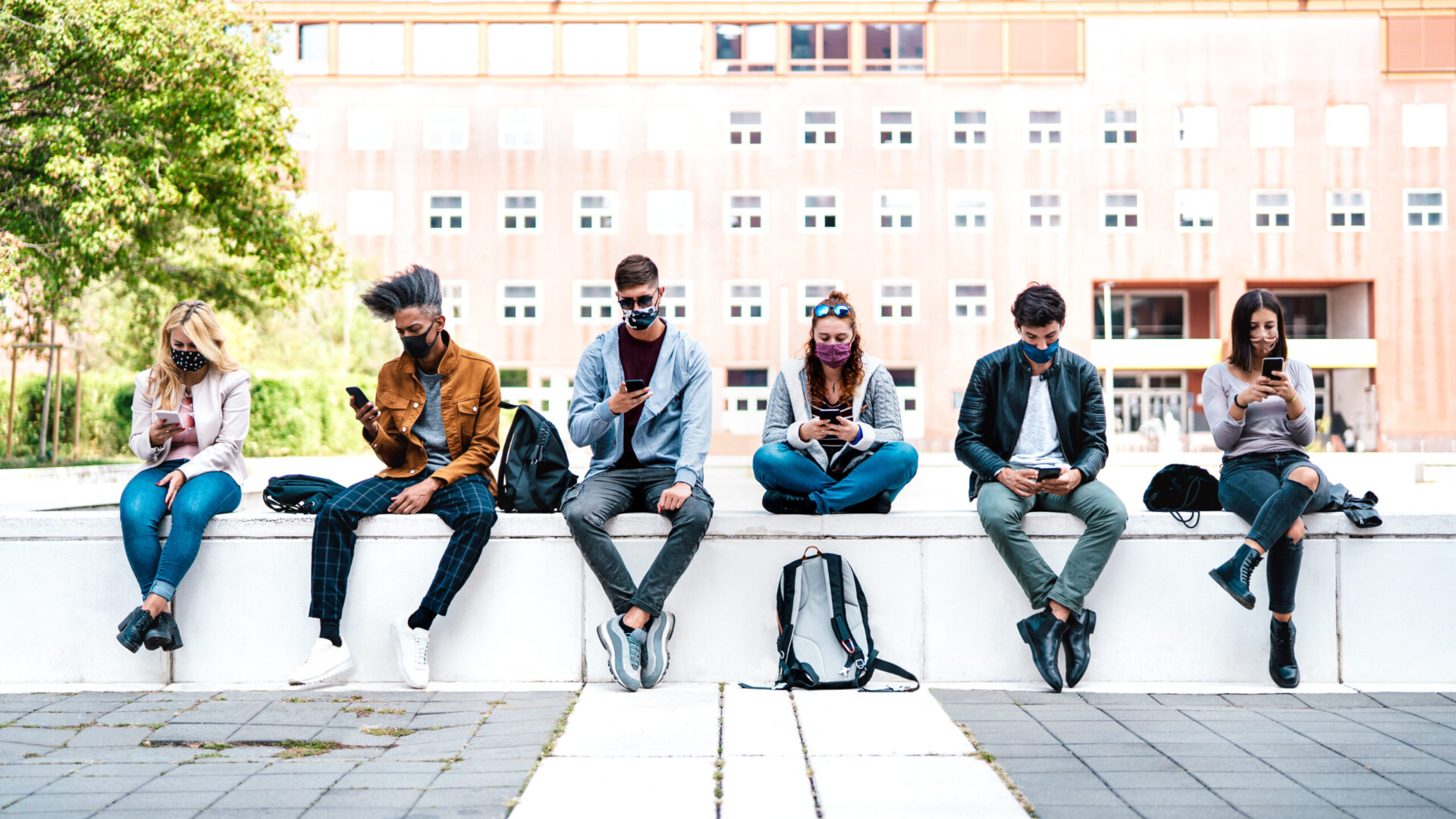The restrictions implemented to reduce the spread of the COVID-19 virus have intensified mental health implications worldwide, particularly amongst adolescents. Lockdown procedures required decreased contact with individuals outside of one’s household, creating groups of people segmented from one another. Despite the ever-growing plethora of social networking technology, many communities face digital inequality in communicating with friends and family, promoting feelings of detachment.
The years categorizing adolescence are hypersensitive to social stimuli as critical neurotransmitter systems are still maturing. Social exclusion and isolation can have detrimental effects on brain and behavioral development since this period marks the reorientation from family-focused to peer-focused relationships. This shift in social time allocation stresses friendships as the primary source of interaction and influence. More so, adolescence is a period marked by high susceptibility to mental health problems, further emphasized when surveying high school students across the United States.
Image Source: Justin Paget
From January to June 2021, data was collected from 7,700 anonymous online survey participants belonging to a total of 128 public and private schools. It was reported more than a third experienced stress, anxiety, or depression, a fifth seriously considered suicide, and an average of 4 out of 10 high schoolers felt persistent feelings of sadness and hopelessness. These symptoms seemed to be more prevalent in females and LGBTQ+ students. More than half of the students surveyed also reported emotional abuse, with 11% having experienced physical abuse. Students faced stresses ranging from food insecurity, parental job loss, and increased perceived racism, and with these added sentiments of seclusion and disconnectedness from society, feelings of emotional distress were exacerbated.
Pandemic isolation from school, friends, and peers proved to be highly disruptive and taxing on students’ mental and emotional health. To confront these mental health disparities, researchers recommended methods of increased social connectedness between students, friends, and teachers with an aim to dispel distress. While the social impact of COVID-19 may be observed in the upcoming years, attempts to increase socialization may mitigate these effects. As restrictions continue to be lifted and students return to in-person learning, social connections will become more prevalent, hopefully reducing the effects the pandemic has had on many students’ emotional well-being.
Featured Image Source: Mirko Vitali










